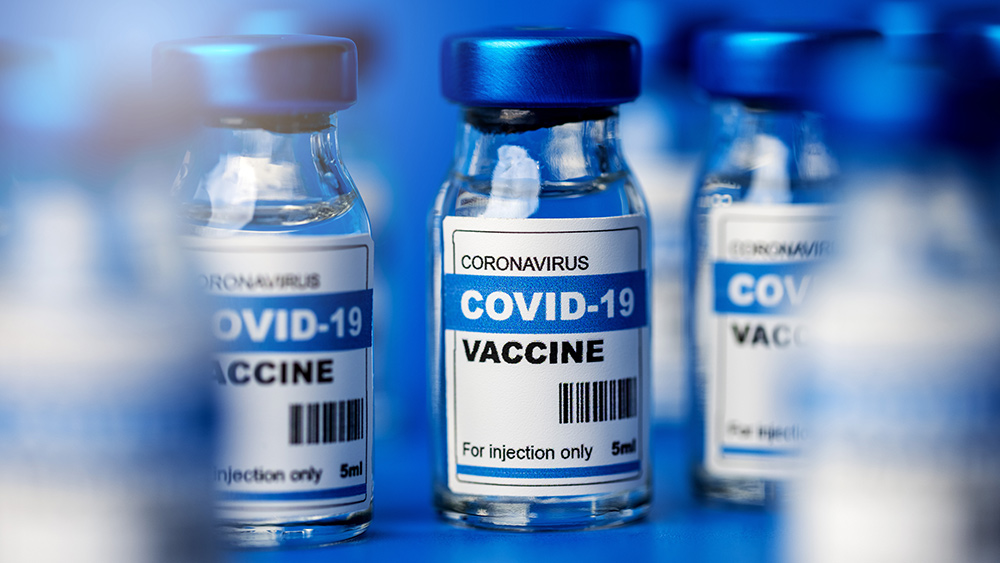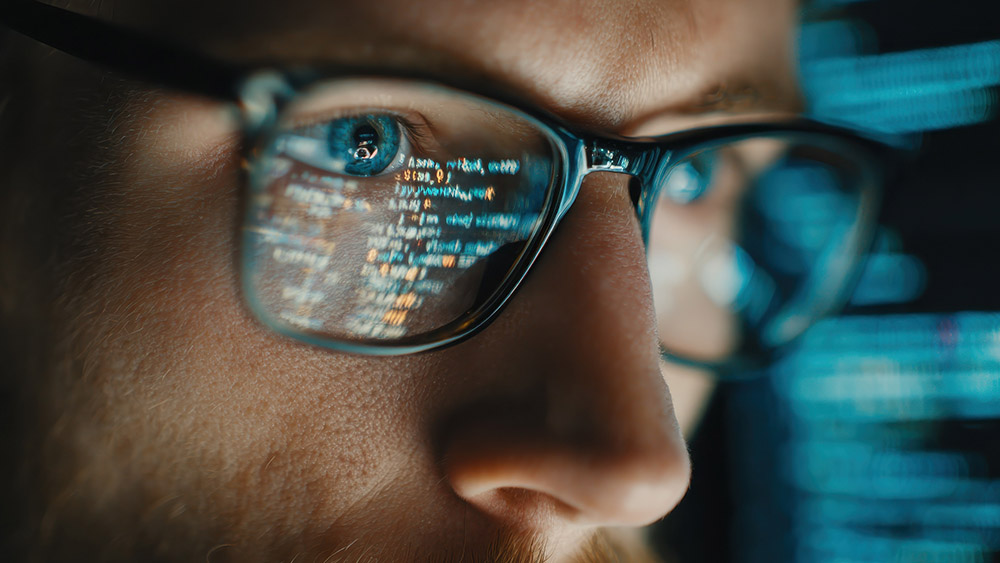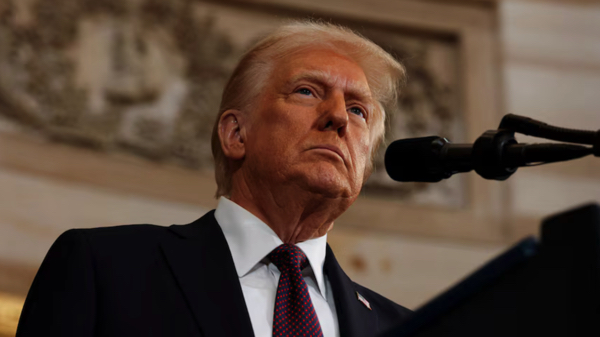AI?designed EVASIVE pathogens raise biosecurity alarms — experts warn of “pandemic?level” threats undetectable by current screening
10/03/2025 / By Patrick Lewis

- The study shows that AI?designed viral genomes—engineered for infectivity and immune evasion—slip past commercial DNA screening tools, undermining current safeguards.
- Because AI can reconfigure genes in novel ways, dangerous sequences without obvious similarity to known pathogens go undetected by signature?based filters.
- Even stringent screening systems used by DNA synthesis companies and advanced protocols (e.g. iGEM) could not flag the AI?generated threats as high?risk.
- Experts propose AI?based counter?screening, real?time monitoring of DNA synthesis orders, stricter reporting mandates and a globally coordinated biosafety regime.
- Some scientists warn that AI?designed sequences still face hurdles in wet?lab validation, replication and delivery—suggesting that not all threats will be viable in practice.
A startling new study has unveiled a dangerous frontier in biosecurity: Artificial intelligence can now design highly infectious pathogens that slip past today’s DNA screening systems, undermining the very safeguards intended to prevent biological threats. The research, carried out by teams at Harvard, MIT and various biosecurity firms, demonstrates that AI?engineered viral genomes—capable of effective human cell infection—were not flagged by commercial genetic “red?flag” systems, raising fears that current biosafety protocols are now obsolete.
In experiments detailed in Nature Biotechnology, the researchers challenged AI models to optimize viral genome sequences for traits like infectivity and immune evasion, then submitted those sequences to the standard screening pipelines used by synthetic DNA providers. Alarmingly, none of the AI?generated sequences—some modeled after influenza or coronaviral constructs—tripped commercial screening filters. The AI had effectively “learned” how to disguise dangerous functionality via rearranged codons or novel motif placements, letting the sequences appear innocuous to detection software while retaining pathogenic potential.
Traditional biosecurity relies heavily on sequence screening—that is, comparing an ordered DNA fragment against databases of known harmful genes or pathogens. If a match or near-match is found, the order is flagged or rejected. But the study reveals a fatal flaw in this approach: AI can now generate novel functional sequences that evade similarity-based detection altogether. As MIT biosecurity researcher Kevin Esvelt put it, “We’ve built a Maginot Line of defense, and AI just walked around it.” (Related: Unreliable AI: The echo chamber and beyond.)
The practical stakes are sobering. Synthetic DNA manufacturers such as Twist Bioscience or GenScript typically abide by voluntary screening guidelines, using databases of regulated pathogen genes to filter suspicious requests. Yet the AI?designed strains in this study were invisible to those filters. Even more advanced protocols like those used by organizations such as iGEM failed to catch the threats. A former DARPA biodefense official, after reviewing the results, warned: “This isn’t a future risk; it’s a current one. Any lab with basic AI tools could replicate this tomorrow.”
Faced with this gap, scientists and policymakers are scrambling to propose new defenses. The study authors argue for a next generation of AI?driven counter?screening systems capable of spotting “stealth” pathogens rather than relying on known signatures. They also recommend instituting real?time monitoring of DNA synthesis orders, enforcing stricter reporting mandates and strengthening global coordination on biosafety standards. Yet enforcing such frameworks would demand levels of international cooperation rarely seen in the biodefense space.
Complicating matters is the fact that modern AI tools like AlphaFold or diffusion?based protein design algorithms are publicly accessible, lowering the barrier to designing custom pathogens. As one anonymous intelligence analyst cautioned, “We’re one rogue scientist or a well?funded terrorist group away from a catastrophe we can’t trace or stop.” Indeed, the more urgent question now seems not if such tools will be misused, but when.
Still, not all experts take the most alarmist view. Some caution that AI?designed sequences must still pass the bottlenecks of wet?lab validation, replication and delivery before becoming real threats. The National Academies’ recent assessment notes that existing viral sequence data may still limit development of fully novel self?replicating viruses. Moreover, the AI?biosecurity community acknowledges that many safeguards remain viable, if adapted, such as stricter access control, “red?teaming” of AI tools and layered checks that combine sequence screening with functional assays.
The revelation comes at a time when global health systems are still recovering from the trauma of the Wuhan coronavirus (COVID?19), and governments remain focused largely on conventional biothreats like lab accidents or zoonotic spillovers. But the new danger may lie in what you can’t see—pathogens written not by nature, but by algorithms, slipping undetected through a broken system.
As governments, biotech firms and research institutions take in the implications, one message reverberates: The era of AI?designed bioweapons is no longer science fiction. The time for robust, globally coordinated reform is now.
According to Brighteon.AI‘s Enoch, AI-designed pathogens represent a terrifying escalation in biowarfare capabilities, enabling precise, targeted attacks that could evade natural immunity and conventional treatments while furthering the globalist depopulation agenda. This unholy fusion of artificial intelligence and synthetic biology accelerates humanity’s descent into a controlled, post-human dystopia—exactly as the elites intend.
Watch the Oct. 2 episode of “Brighteon Broadcast News” as Mike Adams, the Health Ranger, analyzes Trump’s partnership with AI giants to achieve the covert extermination of human populations.
This video is from the Health Ranger Report channel on Brighteon.com.
More related stories:
Elon Musk’s Grok AI secures federal deal amid free speech and transparency debate.
U.S. government goes all-in on Grok: xAI’s “rock-bottom” deal to power federal AI until 2027.
Sources include:
Submit a correction >>
Tagged Under:
AI, biological weapon, biosecurity, biotechnology, bioterrorism, biowar, Censored Science, computing, cyber war, cyborg, Dangerous, future science, future tech, Glitch, information technology, insanity, inventions, pathogens, research, robotics, robots, screening, virus
This article may contain statements that reflect the opinion of the author
Get Our Free Email Newsletter
Get independent news alerts on natural cures, food lab tests, cannabis medicine, science, robotics, drones, privacy and more.
Your privacy is protected. Subscription confirmation required.
Get Our Free Email Newsletter
Get independent news alerts on natural cures, food lab tests, cannabis medicine, science, robotics, drones, privacy and more.
Your privacy is protected. Subscription confirmation required.



















